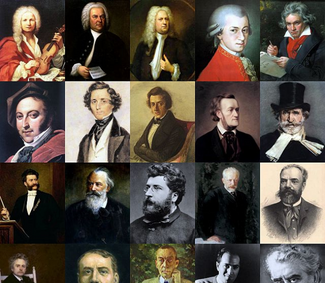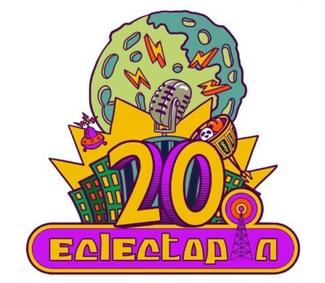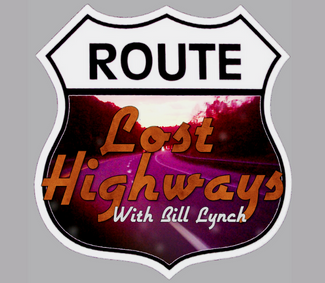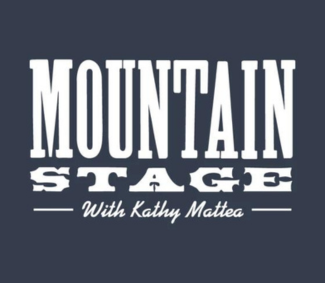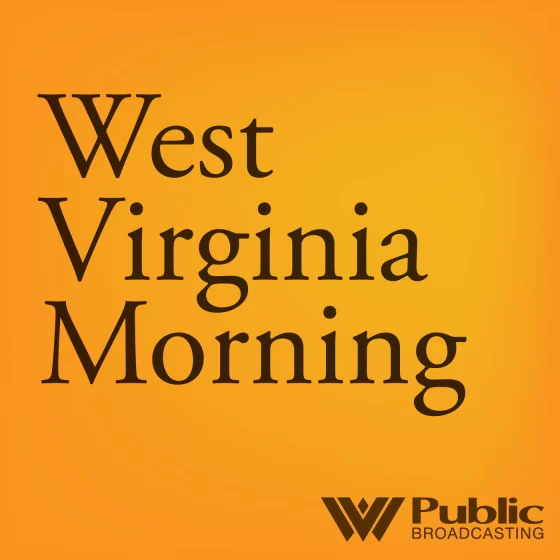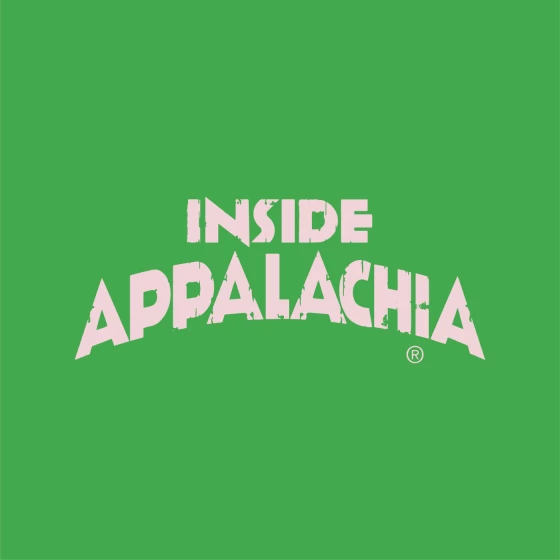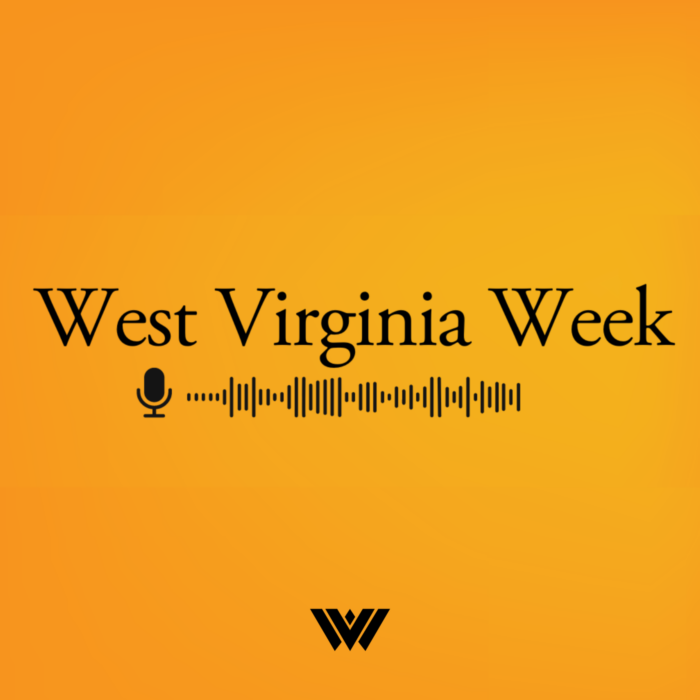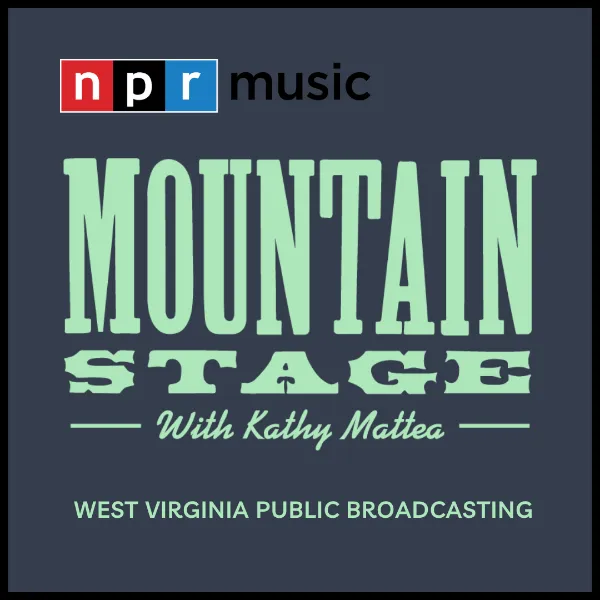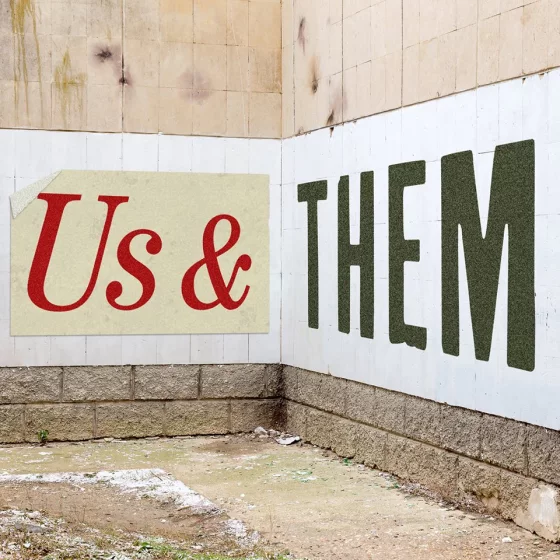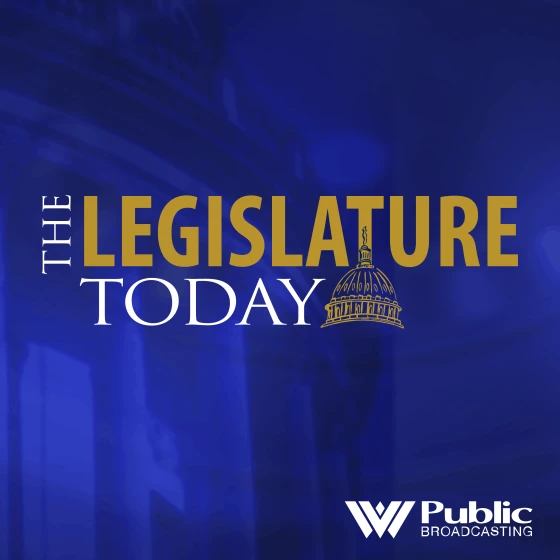Republicans in West Virginia are touting an accomplishment this week that has historical significance for the state. For the first time in more than 80 years, Democratic voter registration has dropped to below 50 percent.
Numbers from the West Virginia Secretary of State’s Office show it is true, that number has dropped, but just barely.
The number of registered Democrats in West Virginia as of June 30 stands at 612,288. Of the 1,226,745 voters in the state, that’s 49.9 percent.
“Democratic Party leaders, both in this state and Washington, have alienated themselves from conservative West Virginians,” state Republican Party Chairman Conrad Lucas said in a release.
“They have voted against our interests and our traditional values. They have held back our great state and its people.”
West Virginia Republicans are on the attack this year leading into November’s mid-term elections. On the state level, the House of Delegates is four seats from turning red for the first time since 1928.
Republicans also tout being able to fill the ballot for the first time since 2004. They have managed to find a Republican challenger for all 117 federal and state legislative races- both the U.S. House of Representatives and Senate and the West Virginia House of Delegates and Senate.
“The fact is Democrats still outnumber Republicans two to one,” state Democratic Party Chairman Larry Puccio said in an email. “The numbers show that Democrats will continue to lead in registration and in the very near future, Independents will overtake Republicans.”
The stories the numbers don’t tell, however, are the amount of registered Democrats who are choosing red in the privacy of the voting booth. Professor of Political Science at West Virginia Wesleyan College Robert Rupp said in an interview with West Virginia Public Broadcasting last fall that’s a phenomenon that’s becoming more and more common.
“The state still has a two to one Democratic edge in registration, but the story in West Virginia is a state that’s two to one Democratic is switching over to Republican,” Rupp said.
“Now, what’s even more interesting is that when you go down to Wyoming County, it’s seven to one, nine to one Democrats. Virtually everyone in that county is registered as a Democrat, but they’re not voting as a Democrat.”
Rupp pointed to the state’s record on the federal level to support his statement. West Virginia hasn’t been won by a Democratic presidential candidate since Bill Clinton in 1996.
More and more, West Virginians are sending Republicans to Congress as well, with the exception of Joe Manchin, someone Rupp said isn’t a true Democrat in the country’s understanding of the term.
“In America, there are three political parties,” Rupp said. “There’s the Republican Party, the Democratic Party and the West Virginia Democrats.”
“[The Democratic Party in West Virginia] is a huge tent in which you can have very conservative members feel comfortable in the Democratic Party as well as liberals.”
The trend of a state changing political affiliation is one that historical trickles down according to Rupp, starting at the federal level, working to the state and eventually local races.










